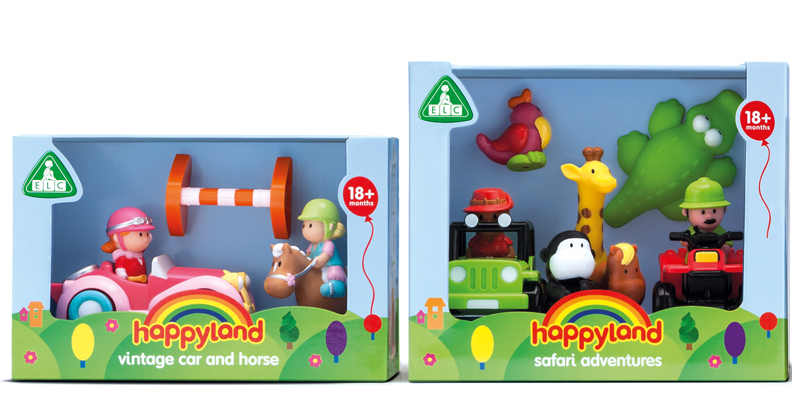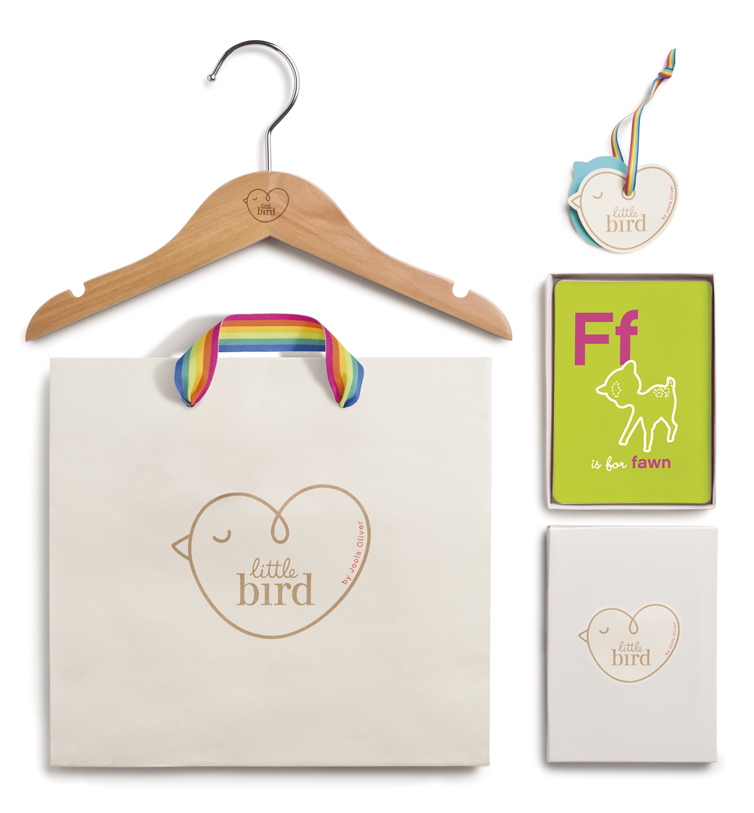Private label is no longer seen as the poor relation to its branded counterparts and, in fact, it is largely design and packaging that has redressed the balance and the perception of the own-brand offer.
Private label overall has been experiencing an incredible renaissance in the past couple of years with retailers at last waking up to the advantages that owning its environment affords. In the U.S., retailers such as Target led the way with its integrated visual and verbal messaging – using the stores and its award-winning own-brand evolution as an ongoing campaign to establish authority. And now in the UK, and despite—or maybe because of—the ongoing challenges facing the high street retailers, we are seeing more of these retailers building a new level of competitive expertise and creating a new retail niche through a growing and exciting portfolio of own-brands.
But, affordability is not necessarily the driver when it comes to uptake. The hugely successful private label category in the US has shown us that sales success is increasingly linked to face value. And —whilst the environment is part of the picture—with ever diversifying retail channels, uptake is specifically about the visual representation and messaging of the brand itself. Essentially, the success of private label brands comes from finding and asserting their own—rather than a borrowed—authority and then creating the most unique and effective brand and package design strategy with which to express it. This change is stemming from the realization that retailers aren’t simply cheap imitations but bona fide brands in their own right with clear identities, belief sets and brand values and that these are as strong, compelling and ultimately as desirable as the national brands they compete against.
And this is clear when we look at retailers such as the Early Learning Centre (ELC) and the strength of their HappyLand range—one of a new raft of own-label child and baby brands looking to follow the success of the food and beauty offers which have been dominating and steering the look of our new own-brand landscape.

Photo:ELC’s Happyland toys range
HappyLand is the biggest own-brand offer from ELC —a place a child’s imagination can run wild with worlds of fabulous buildings, characters, animals and vehicles… Already popular, the brand was re-designed at the end of last year, with a focus on transcending language barriers and creating brand messages using phonetics to allow the tone of voice to work across different cultures—a creative proposition that also allows HappyLand to operate as a stand-alone brand selling through ELC’s International retail partners.
And Mothercare is another high street baby and child stalwart currently looking at ways to turn its fortunes around and its path to revival could well have a lot to do with the parent brand’s strategic investment in own-brand development and partnership.The Little Bird brand, in partnership with Jools Oliver, has been a runaway success and this will inevitably prompt Mothercare (and other retailers) to consder a more long-term and strategic plan when it comes to further developing and expanding a portfolio of own-brands.

Photo: Little Bird branded items, design by Pearlfisher
Private label is no longer seen as the poor relation to its branded counterparts. And whilst the new product development and innovation we are seeing coming through is phenomenal, the fact remains that it is largely design and packaging that has redressed the balance and the perception of the own-brand offer. And we will inevitably see more sectors join food, beauty and child and baby as they realize the opportunity for themselves. And that opportunity doesn’t lie in new ways to logo, label and safeguard the known heritage, but in allowing retailers to display the kind of provocative and challenging behaviour that made them so unique and desirable in the first place.
Private brands need to embrace the opportunity for real open mindedness and find ways—authentic ways—to exist in new guises in the constantly evolving world order that we the consumer have created with our changing desires.
Challenging creativity and changing the language of a whole category is the future for success—to throw down a challenge not necessarily just to a specific sector or to private label but to the brand community at large as the boundaries of own-brand and private label further disrupt our retail landscape.
About the Author
Darren Foley, Managing Director at Pearlfisher, London, joined the company in 2002 as Realisation Director, inventing the concept of realisation and advocating a design process in which our technical and creative teams work in harmony from the beginning. He has worked in the design industry for close to 25 years, starting out as a junior production artist, and amassing an unparalleled depth of knowledge for the discipline.
